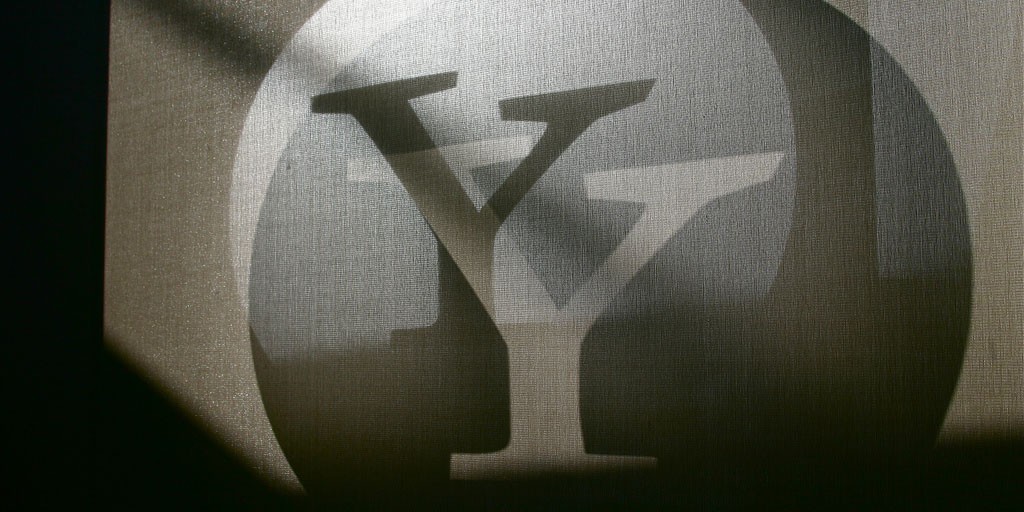Nobel Prize foundation today announced the awardees of the Nobel Prize for Physics. The prestigious award went to three Japanese-born scientists, Isamu Akasaki, Hiroshi Amano, and Shuji Nakamura fr invention of low energy LEDs.
The three scientists were given Nobel Prize in Physics, for the invention of efficient blue light-emitting diodes which has enabled bright and energy-saving white light sources.
In an official statement, The Royal Swedish Academy of Sciences said,
This year’s Nobel Laureates are rewarded for having invented a new energy-efficient and environment-friendly light source – the blue light-emitting diode (LED). In the spirit of Alfred Nobel the Prize rewards an invention of greatest benefit to mankind; using blue LEDs, white light can be created in a new way. With the advent of LED lamps we now have more long-lasting and more efficient alternatives to older light sources.
In an official press release issued by the academy, their invention has been heralded as one of the greatest invention to benefit mankind. The press release further says that “Incandescent light bulbs lit the 20th century; the 21st century will be lit by LED lamps”.
White LED lamps emit a bright white light, are long-lasting and energy-efficient. They are constantly improved, getting more efficient with higher luminous flux (measured in lumen) per unit electrical input power (measured in watt). The most recent record is just over 300 lm/W, which can be compared to 16 for regular light bulbs and close to 70 for fluorescent lamps.
As about one fourth of world electricity consumption is used for lighting purposes, the LEDs contribute to saving the Earth’s resources. Materials consumption is also diminished as LEDs last up to 100,000 hours, compared to 1,000 for incandescent bulbs and 10,000 hours for fluorescent lights.
The Tech Portal is published by Blue Box Media Private Limited. Our investors have no influence over our reporting. Read our full Ownership and Funding Disclosure →







